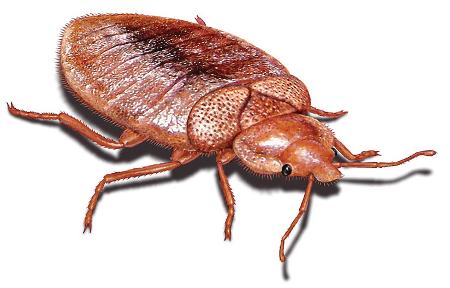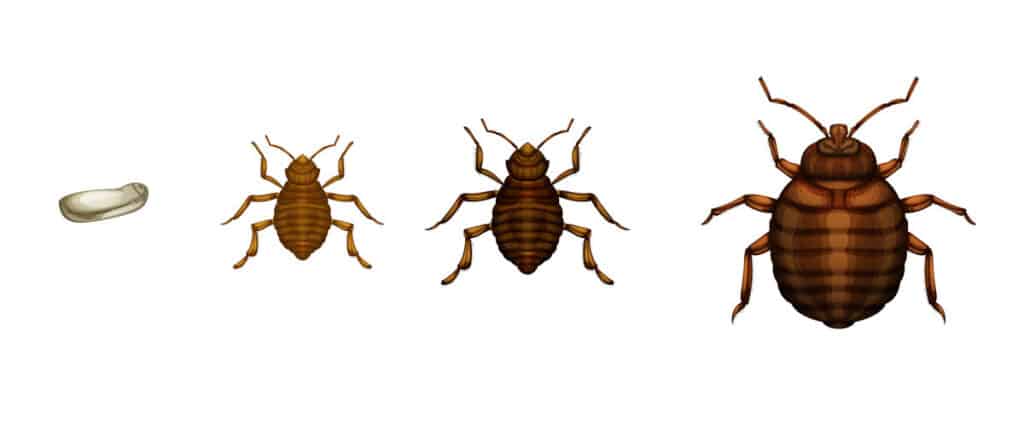Bed bugs have been known as human parasites for thousands of years. The name is derived from their preferred habitat: warm houses and especially nearby, or inside, of beds and bedding or other sleep areas. Bed bugs are mainly active at night, but are not exclusively nocturnal. They quite often feed on their hosts without being noticed.
Dwellings can become infested with bed bugs in a variety of ways: Bugs and eggs inadvertently brought in from other infested dwellings on a visiting person’s clothing or lggage; Infested items (such as furniture, clothing, or backpacks) brought in; Nearby dwellings or infested items, if easy routes are available for travel (through duct work or false ceilings); Wild animals (such as bats or birds) that may also harbour bed bugs.
Although they can be found singly, they tend to congregate once established. Although they are strictly parasitic, they spend only a tiny fraction of their life cycles physically attached to their hosts. Once feeding is complete, a bed bug will relocate to a place close to a known host. These places can vary greatly in format, including luggage, inside of vehicles, within furniture, amongst bedside clutter, even inside electrical sockets and nearby laptop computers. Bed bugs are also capable of surviving on domestic cats and dogs, though humans are the preferred host.








